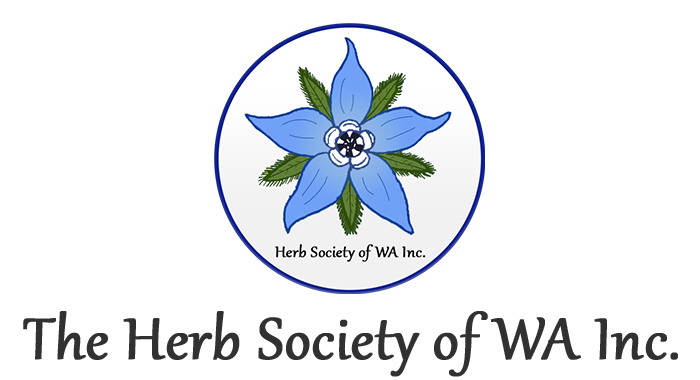The Peel Branch recently had a talk given by Ann Miller on making use of the flowers in our garden.
Heres a summary….
Making Use of the Flowers in our Garden
We grow many herbs, vegies and ornamental plants that have beautiful and fragrant flowers. They do make lovely flower arrangements but their lives can be extended in many other ways. Here are a few:
I use citrus, rose, lavender and gardenia flowers to make massage or body oils. The process is easy. Pick the flowers and check for ants or other insects, put the clean flowers in a clean jar and cover with your favourite oil, e.g. olive, almond, peanut. Put in the sun and let her help the fragrance to infuse into the oil. You may have to strain and reinfuse a couple of times to get the strength of fragrance you enjoy. One final straining and the oil is ready for use.
Flower butter is another option that is easy to make. Chop 1⁄2 cup of flowers finely, soften 1⁄2 cup of butter and mix in the flower bits. Cover and leave at room temperature a few hours. Refrigerate a few days to bring out a stronger flavour.
Honey flavoured with flowers is yummy. Honeysuckle is wonderfully yummy. Check flowers for any insects; when clean put into a jar and cover with honey. Here comes the sun again. Put jar in the sun and let the warmth of sunshine steal the honeysuckle flavour into the honey. When it is ripe you can strain the honey or remove the flowers and use them in the tea you are brewing.
Next up is flower sugar. Pineapple sage and rose are great for this. Again check for insects like ants or cockroaches. When ready, place flowers in bottom of a clean jar and fill the jar with sugar. Takes a while to infuse and flowers can be replaced. Dried flowers are best and the sugar will not cake.
You can also put dried flowers and sugar into a mortar and pestle or thermos mix and grind away.
Flower dips are fun to do. I particularly enjoy using garlic chive flowers in this. Again check the flowers for grubs, then chop finely – about 3⁄4 cup, blend 1 cup cottage cheese to 1⁄2 cup yoghurt, mix in the flowers, eat and enjoy.
Another way to drink your own garden is to make wine. Flavours include elderberry, rose, dandelion, honeysuckle and carnation. Recipes can be found in Drink Your Own Garden by Judith Glover. I have tried elderflower wine in the past with moderate success.
The easiest way to add flowers is to decorate salads and sweets. They appeal to the eye and nose, adding a sense of mystery to the dish.
Almost forgot about vinegars. Once more, an easy process.
Squash, zucchini, pumpkin and hibiscus flowers can be stuffed.
For those into dying, flowers are a source of natural dyes. The most common colour is yellow. An exception is pineapple sage flowers which yield a pinkish colour.
Why bother??? I feel the flowers offer our bodies similar benefits as the plant does. For example, rose flower has vitamins C, A, E and B3, bioflavonoid and is antioxidant; Lavender has vitamin A, calcium and iron; chrysanthemum has potassium and violets have rutin, a bioflavonoid which promotes blood vessel health.
A shortlist of suitable flowers includes daylilies, okra, orange, borage, calendula, sunflower, dianthus, honeysuckle, chrysanthemum, chives, pineapple sage, fuchsia and sage.
